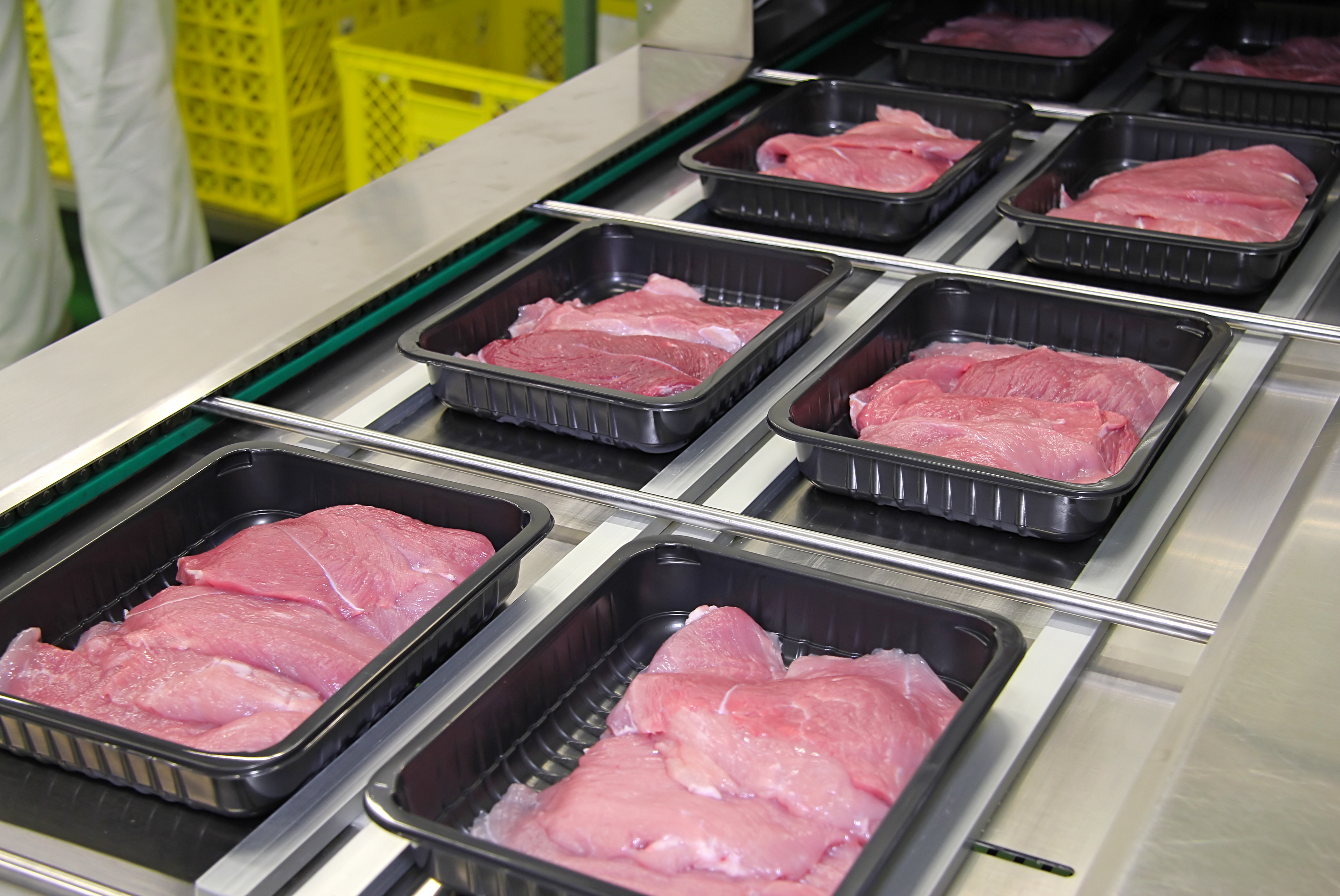There’s a lot happening in the food and beverage packaging industry, and if there’s one place to get a pulse on it all, it’s PACK EXPO International. I had the privilege of attending the 60th anniversary of this premier industry trade show last November in Chicago. The event is huge and features hundreds of vendors — with 10×10 booths all the way up to exhibitors that take up nearly a quarter of the largest convention center in North America.
I walked away from this record-breaking event with some new insights, and I’ve distilled them into what I think are the three major trends on the horizon for the packaging and processing industry:
- The entire packaging process is being automated
- Large conglomerates are buying up smaller vendors
- Eco-friendly packaging continues to be a large focus (especially in beverage)
So what do these trends mean for food and beverage processors? Let’s unpack them.
1. The entire packaging process is being automated
We know automation has grown exponentially in food and beverage plants everywhere, but a world where packaging and processing lines are 100% automated from beginning to end isn’t far in our future. In fact, that’s already the case in some places.
We’re seeing the shift from human to robot across every conventional touch point in a facility, including:
- Depalletizing
- Unpacking
- Primary, secondary and tertiary packaging
Human intervention is slowly being replaced with machines that can accomplish the same tasks with a few taps of a touch screen.
One area I’m seeing more of this trend is in quality control inspection. For example, take bottle filling, which typically involves inspection of incoming materials and inspection of the final product post-filling. Previously, workers had to take a bottle from the line, inspect it and release it. Now that can be done online and in-line, effectively taking the human interaction out of the process. Thanks to automation, bottles can be inspected as they’re being filled.
Some view this shift to mean less jobs on facility floors, but it’s also increasing the demand for more specialized workers to operate these automated systems. Regardless of your perspective, the growing prevalence of automation is making packaging and processing lines more efficient.
2. Large conglomerates are buying up smaller vendors
Another developing trend involves a strategic avenue some businesses are taking. A number of big companies are getting bigger by purchasing smaller, more specialized vendors. Having a wide array of offerings and machinery allows these companies to provide a variety of services under one umbrella.
While this means fewer small companies, it benefits food processors looking for a one-stop-shop. One example is the Kentucky-based packaging machinery company Pro Mach, which could have multiple pieces of equipment that one original equipment manufacturer (OEM) might not have.
So what does this mean for food and beverage processors? If you’re building, expanding or renovating a facility, a bigger one-stop-shop can speed up your project.
Let’s say you’re in need of a bottle line for your beverage plant. One of these larger suppliers could provide the various equipment required, integrate them and deliver them within a short time period — often in half the time compared to sourcing from multiple vendors.
3. Eco-friendly packaging continues to be a focus (especially in beverage)
For some time now, the beverage industry has been exploring ways to make packaging more environmentally friendly, and that effort is continuing to evolve. Among the priorities are:
- Making bottles lighter
- Reducing cap size
- Encouraging recyclability
It’s not just the big players anymore, either. It seems everyone is trying lightweight packaging in 2017.
Not only can eco-friendly packaging reduce your company’s carbon footprint, but it can save you money as well — sometimes. While going lightweight can often be a win-win, you have to be smart about it.
Sometimes reducing your primary packaging weight can force you to increase your secondary packaging to ensure your product can safely withstand the environment in storage and distribution. There’s a lot of ways packaging can get beat up in these environments.
As one of Stellar’s packaging engineers, I often work with clients to strike that balance of “green” packaging and cost-effectiveness. So if you’re among the processors looking to lower the weight of your packaging this year, bear in mind it can be a double-edged sword. Tackle the design and approach efficiently to make sure that while you’re helping save the planet, you’re saving money, too.
By the way, we’re now less than two weeks out from PACK EXPO East in Philadelphia. While this show is much smaller than its international counterpart that I attended a couple months ago, it offers a lot of opportunities to learn and see some of the new packaging innovations — including robotics and automation technology — up close and personal.
Have questions about your packaging goals? Want to chat about PACK EXPO? Send me an email at foodforthought@stellar.net.



